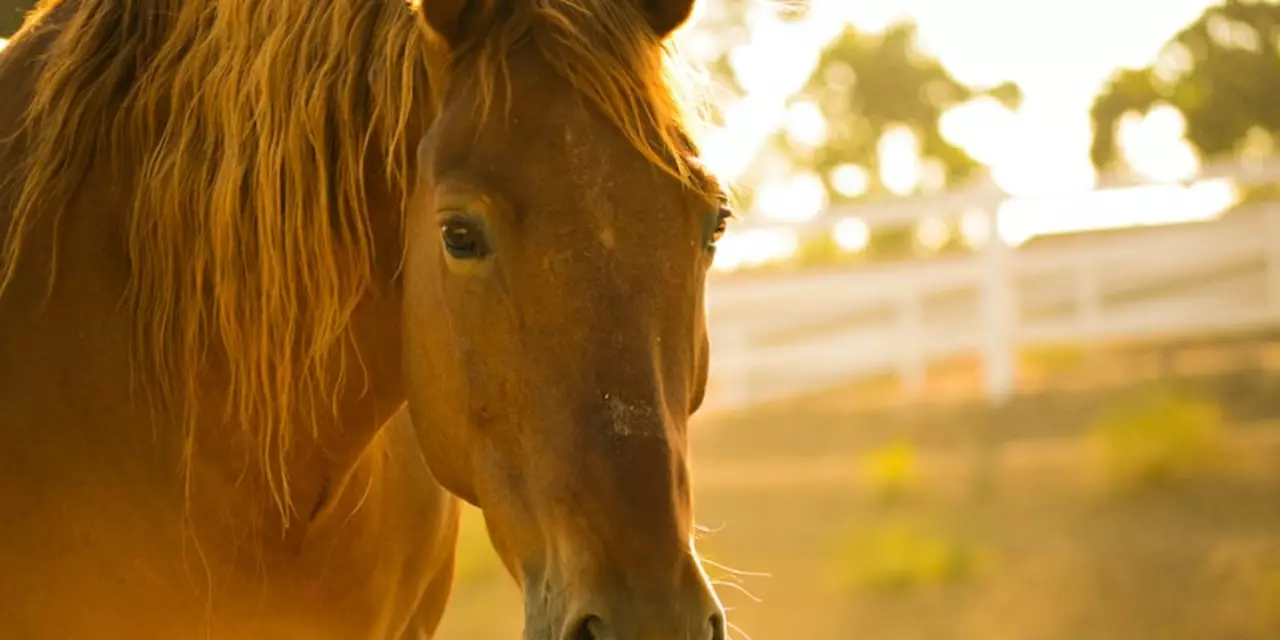Riding Through Sadness: Simple Ways to Stay in the Saddle
We all have those days when the world feels a little heavier. For riders, that slump can make getting on a horse feel extra tough. The good news? You don’t have to let sadness keep you off the yard. A few small steps can lift your mood and keep your riding routine on track.
Talk About It, Don’t Bottle It
First off, share what you’re feeling. Whether it’s a friend, a trainer, or a family member, talking helps you see the situation from a fresh angle. Even a quick chat after a lesson can turn a gloomy mood into a plan of action. When people know you’re struggling, they’re more likely to offer a gentle nudge or a helpful tip.
Use the Horse as a Mood Booster
Horses are surprisingly good at sensing emotions. If you’re feeling down, spend a few minutes just grooming or steadying your horse. The rhythmic motion of brushing or the simple act of patting can calm nerves and bring a smile. It’s not about perfect riding; it’s about connecting with the animal in a low‑pressure way.
Another quick trick is short, low‑stakes rides. Instead of tackling a tough jumping course, try a relaxed round of flatwork. The focus on basic movements keeps your mind occupied and gives your body a gentle workout, which releases endorphins that naturally lift mood.
If you have a training plan, adjust it for the day. Swap a demanding drill for a skill you enjoy, like long reins work or pole work at a walk. This change keeps you active without adding stress, and the sense of accomplishment can chip away at that sad feeling.
Physical activity outside the barn helps too. A short walk, some light stretching, or a quick jog can boost circulation and improve mental clarity. When you return to the horse, you’ll notice a lighter headspace and a steadier hand.
Don’t overlook nutrition and sleep. Skipping meals or getting poor rest amplifies negative emotions. A balanced snack before riding—think a banana or a handful of nuts—keeps blood sugar stable, while a good night’s sleep resets your emotional baseline.
Finally, remember it’s okay to take a break. If the sadness feels overwhelming, give yourself permission to skip a session and focus on self‑care. One day off won’t ruin progress; it can actually prevent burnout and keep you eager to ride when you return.
Sadness is a normal part of life, and it shows up for riders just like anyone else. By talking openly, using simple horse‑related activities, and caring for your body, you can ride through the low moments and come out stronger. The next time you feel blue, try one of these tips and notice how quickly the mood shifts—your horse will thank you, and so will your confidence.
What is the saddest horse riding accident?
This article examines the tragic event of a horse riding accident that resulted in the death of a woman in England. The accident occurred when the woman was riding her horse and it suddenly reared up, throwing her off. She was not wearing a helmet and suffered serious head injuries. The woman was taken to the hospital but sadly died the following day. This tragedy serves as a reminder to always wear a helmet when riding a horse and to always be aware of the horse's movements. It is important to take all necessary precautions to protect yourself and the horse when riding, as such accidents can have devastating consequences.
READ MORE